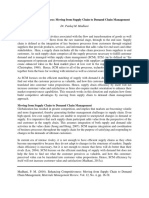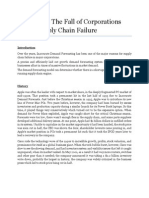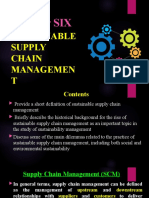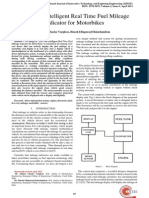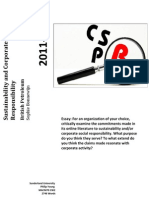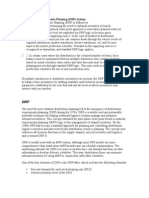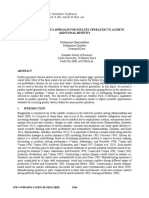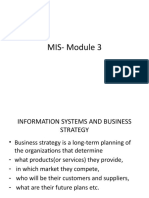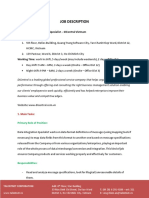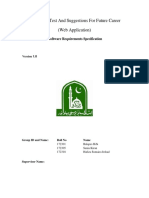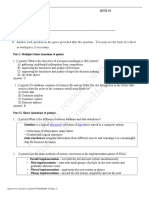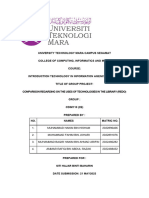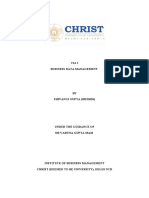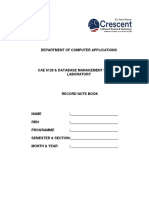0% found this document useful (0 votes)
128 views8 pagesBusiness Process Modelling
This document discusses business process modelling and the key processes involved in information technology (IT) management. It outlines challenges like aligning IT with business goals and managing frequent changes in the IT field. Enterprise architecture is presented as a tool to help managers address these challenges by linking business processes, goals and information systems. The core IT management processes discussed are enterprise architectural management, business process management, information systems management, and IT infrastructure management. These processes work together to plan, implement, improve and evaluate the enterprise architecture and ensure IT supports business operations.
Uploaded by
MARTIN MAINGICopyright
© © All Rights Reserved
We take content rights seriously. If you suspect this is your content, claim it here.
Available Formats
Download as DOCX, PDF, TXT or read online on Scribd
0% found this document useful (0 votes)
128 views8 pagesBusiness Process Modelling
This document discusses business process modelling and the key processes involved in information technology (IT) management. It outlines challenges like aligning IT with business goals and managing frequent changes in the IT field. Enterprise architecture is presented as a tool to help managers address these challenges by linking business processes, goals and information systems. The core IT management processes discussed are enterprise architectural management, business process management, information systems management, and IT infrastructure management. These processes work together to plan, implement, improve and evaluate the enterprise architecture and ensure IT supports business operations.
Uploaded by
MARTIN MAINGICopyright
© © All Rights Reserved
We take content rights seriously. If you suspect this is your content, claim it here.
Available Formats
Download as DOCX, PDF, TXT or read online on Scribd
/ 8


